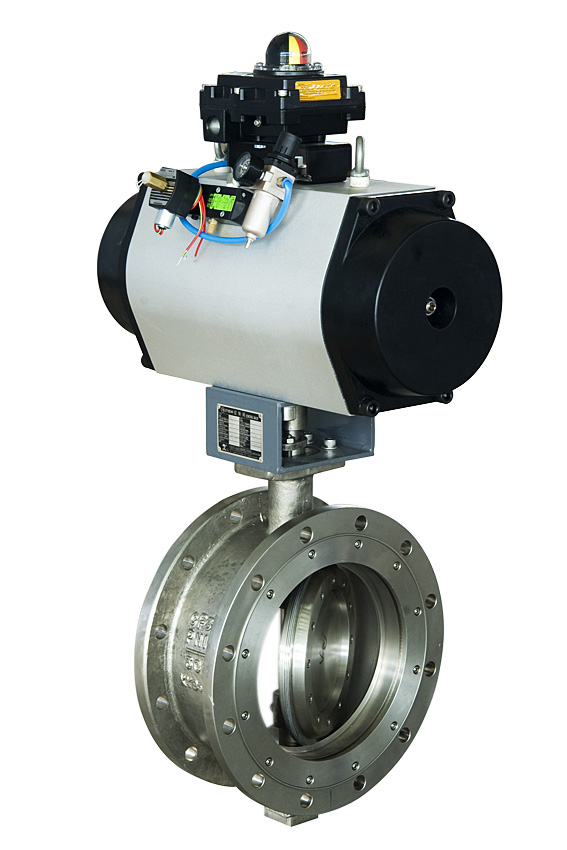Installation steps for the gaskets of pneumatic butterfly valves:
1. Before mounting pads, you should inspect the nuts and bolts, as well as the threaded or flanged connections.
The type, size and material of bolts and nuts should be consistent with the relevant provisions of national standards. Before assembling, careful inspection should be carried out, and there is not allowed to have bend bolts and nuts with different material and size.
2. Also before mounting pads, you should clean the sealing surface. Use blade to clean the fragments out on the rubber asbestos gaskets. Also there is not allowed to leave oil, residue, glue and other items in the waterline tank. Sealing surface needs to be smooth, without any dents, radial scratches, corrosion pits and other defects.
Because pneumatic valves are often damaged during transportation, so you need to pay attention to these following points.
1. Pneumatic butterfly valves with medium and small caliber should be rope tied with container transportation.
2. Light blocking plates should be locked on both sides of pneumatic butterfly valves to hold the seal.
3. In order to avoid the damage during transportation, large-diameter
pneumatic butterfly valves also need simple wood frame to tighten the packing. As the world economy to pick up, import and export of China valve products also increased. However, when compared with foreign manufacturers, there is still a big gap in high-end technology, so in the next period of time, product technology will be the bottleneck to restrict the development of China valve products.
Pneumatic
butterfly valves, with a great application in corrosive gas, liquid, semi-liquid and solid powder media, are widely used in petroleum, chemical, food, metallurgy, pharmaceutical, paper, shipbuilding, water supply, hydropower, oil, energy and other pipeline systems.
